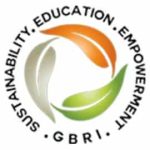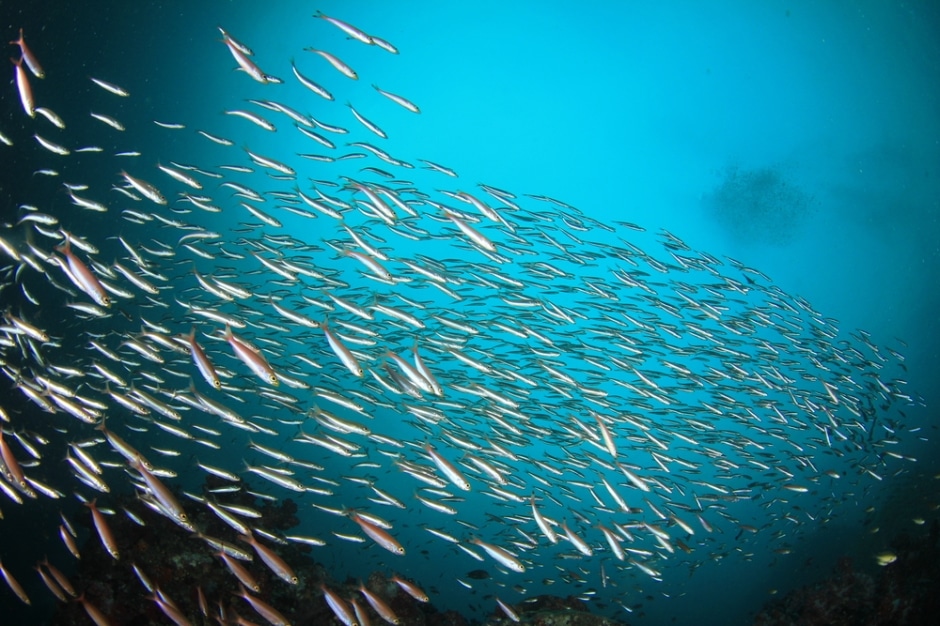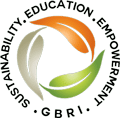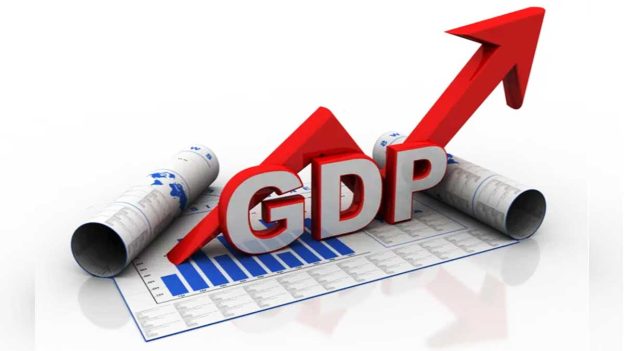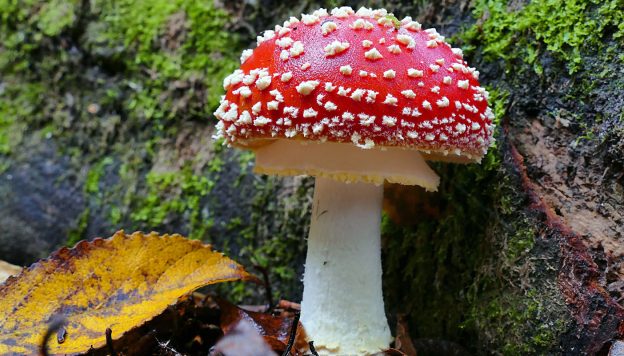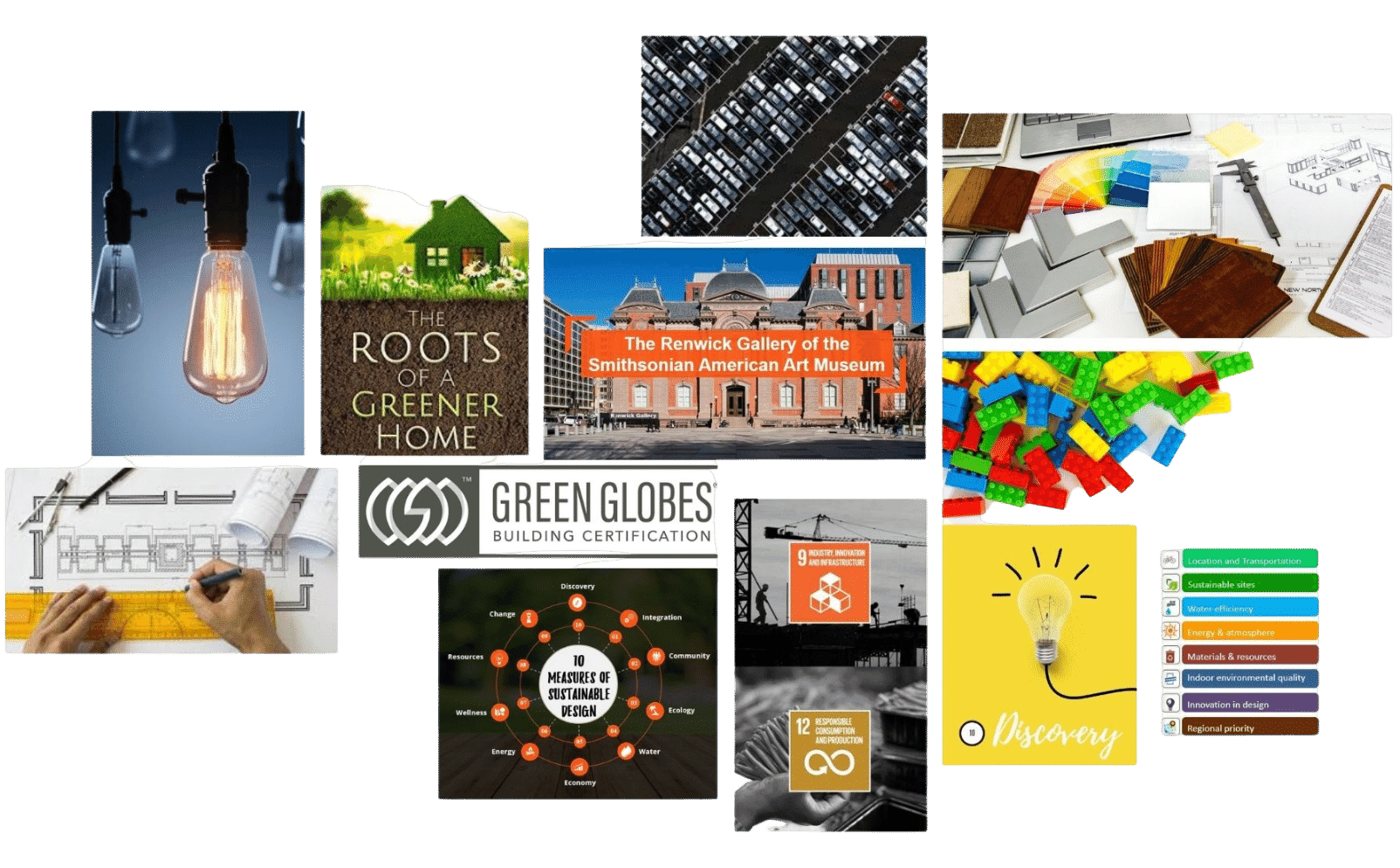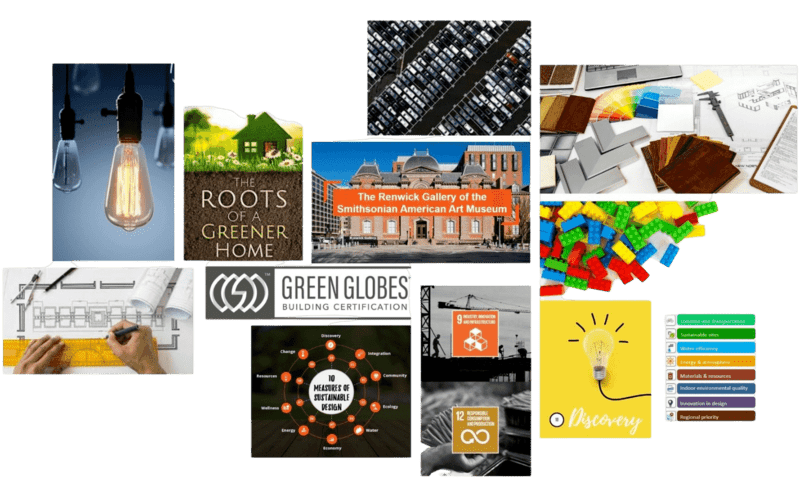Welcome to the third and final part of GBRI’s Oceans In Crisis Series. In the past two sections of this series, we had discussed what damage is being done to marine ecosystems and who the major contributors are. Now we are ready to cover why we should care and how we can respond to this global issue. We appreciate your commitment to watching this series, and we are looking forward to helping the oceans recover together!
Join us as we explore this topic through this multi part series.
What you will learn
- We will analyze why we should work to save the oceans
- We will understand the role of oceans in slowing climate change, how oceans provide livelihood for communities, and how it supports cultures
- We will identify the changes people, companies, and governments will need to make for the oceans to recover.
- We will recognize oceanic conservation measures at a global scale and recognize
